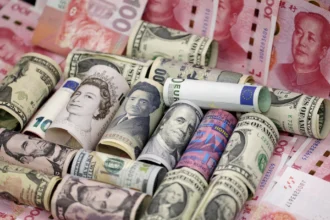Chart 1 suggests that the explanatory power of global currency risk factors is large for the log spot returns of the Canadian dollar (blue line). The adjusted\(\displaystyle\, \bar{R^{2}}\) ranging from 25% to 80% corroborates the findings in Verdelhan (2018) and Fontaine and Nolin (2017). It suggests that systematic currency risk factors have continued to be important drivers of the Canadian dollar since the global financial crisis.
The novelty of our analysis is that we also assess the role of these global risk factors for the FXRP and its components. The explanatory power of the global risk factors for the FXRP (Chart 1, green line) varies significantly over time, with an average of 24% over the 12-year sample period, significantly lower than their average explanatory power for spot returns. Moreover, it decreases significantly between 2013 and 2015, between 2017 and 2018, for a short period in early 2020, and from the beginning of 2022 onward. These occasional but frequent declines in the adjusted\(\displaystyle\, \bar{R^{2}}\)suggest that country-specific risk factors—which are not captured by movements in systematic factors—played an increasingly important role during these episodes. For instance, despite flight-to-safety dynamics and heightened dollar demand during the onset of the COVID‑19 pandemic, the decline in early 2020 can most likely be attributed to a sudden rise in global and country-specific uncertainty caused by the pandemic. The decline in 2017 and the one since 2022 seem to coincide with periods of increasing policy rates, suggesting a growing importance of monetary policy decisions for currency risk premiums.
The explanatory power of the global risk factors differs for the two components of the FXRP. The average explanatory power for the carry risk premium (Chart 1, yellow line) is about 35%, and its evolution over time largely resembles the dynamics of the FXRP described earlier. In contrast, the explanatory power for the term premium differential (Chart 1, red line) is considerably lower and close to zero for most of the sample period. This suggests that the expected carry component drives most of the explanatory power for the FXRP and that factors outside the currency space primarily affect time series dynamics of the term premium differential.
The previous section focused on the explanatory power of the three global risk factors combined; here we estimate the effect of each factor on the foreign exchange risk premium and its two components. Table 1 shows the regression outcomes from equation (2). All global risk factors are statistically significant at the 1% level. The dollar and carry factors are negatively related to the FXRP as well as to the expected carry risk premium component, suggesting that a market-wide average depreciation of the dollar is associated with increases in risk premiums. Similarly, larger divergences of interest rates across countries are associated with higher risk premiums, which is in line with the observation that carry trade returns tend to be higher during times of high volatility.
In contrast, the sign of the oil factor is positive, indicating that risk premiums decrease in periods when the dollar appreciates. While the term premium differential also increases with higher values of the dollar factor, it has a positive exposure to oil and declines in response to increasing carry factor returns. Table 1 suggests that an increase of 1 standard deviation in the dollar factor is associated with a decrease in the FXRP and the expected carry risk premium by 0.28 and 0.4 standard deviations, respectively. The impact of the oil factor is smaller and approximately only half the size of the other systematic risk factors. This supports the findings in Nolin, Kyeong and Fontaine (2018) that oil price changes have become relatively less important for the dynamics in the Canadian dollar in recent years.





















